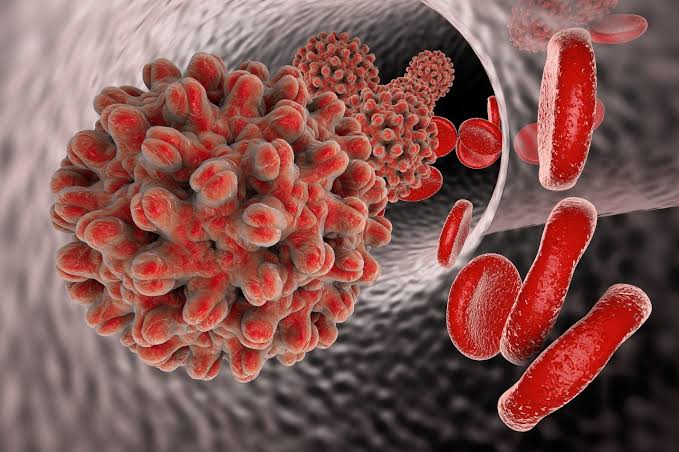
What is a viral fever?
The average person’s body temperature is 98.6°F (37°C). Any temperature exceeding this is regarded as a fever. Fevers are frequently an indication that your body is battling a bacterial or viral infection. Any fever that is brought on by an underlying viral infection is considered a viral fever.
Humans are susceptible to a wide range of viral illnesses, including the flu and the common cold. Many viral infections present with a low-grade fever as a symptom. However, some viral illnesses, like dengue fever, can raise fever levels.
What signs would you expect with a viral fever?
Depending on the underlying virus, viral fevers can range in temperature from 99°F to over 103°F (39°C).
Some of these widespread signs may appear if you have a viral fever:
- Chills
- Perspiration,
- thirst,
- headache,
- aches and pains in the muscles,
- a sense of weakness,
- nausea,
- lack of appetite
Most of the time, these symptoms only last a few days.
Why does a viral fever occur?
Viral infection is what causes a viral fever. Viruses are incredibly tiny infectious organisms. They invade your body’s cells and multiply there. Your body raises a fever to ward off a virus. Because many viruses are sensitive to temperature changes, a sharp rise in body temperature makes you less inviting to viruses.
There are numerous methods by which a virus might infect you, including:
Inhalation. You can inhale virus droplets if someone nearby sneezes or coughs while they have a viral infection. The flu and the common cold are two examples of viral illnesses acquired through inhalation.
Ingestion. Viral contamination can occur in both food and beverages. You could get sick if you consume them. Norovirus and enteroviruses are two instances of viral infections acquired through eating.
Bites. Viruses can be carried by animals and insects. If they bite you, an infection could result. Dengue fever and rabies are examples of viral illnesses brought on by bites.
Body liquids. When bodily fluids are exchanged with someone who has a viral infection, the disease can spread. Hepatitis B and HIV are two examples of this particular viral illness.
How is an infectious fever diagnosed?
Symptoms of bacterial and viral infections frequently overlap. A doctor will probably begin by ruling out a bacterial infection in order to identify a viral fever. They can do this by taking into account your symptoms and medical background, as well as by collecting any samples for bacterial testing.
For instance, if you have a sore throat, they may swab it to check for the strep throat bacterium. You most likely have a viral infection if the sample is negative.
Additionally, they can collect a sample of your blood or another bodily fluid to look for specific indicators of a viral infection, including your white blood cell count.
How are viral fevers handled medically?
Viral fevers typically don’t need any special medical attention. They are not responsive to antibiotics, in contrast to bacterial illnesses.
Instead, the goal of treatment is typically to reduce your symptoms. Typical forms of treatment include:
Reducing a fever and its symptoms by taking over-the-counter painkillers such acetaminophen or ibuprofen, resting as much as can, and consuming enough of liquids to stay hydrated and replace fluids lost via perspiration
Using antiviral drugs, such as Tamiflu (oseltamivir phosphate), when necessary, and lowering your body temperature by taking a lukewarm bath.
Author: Shivam Arora







